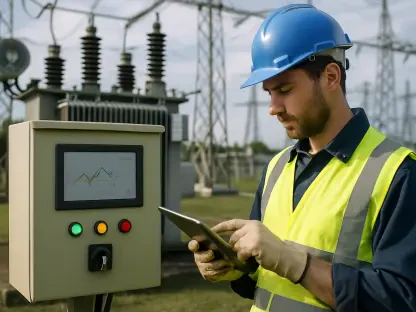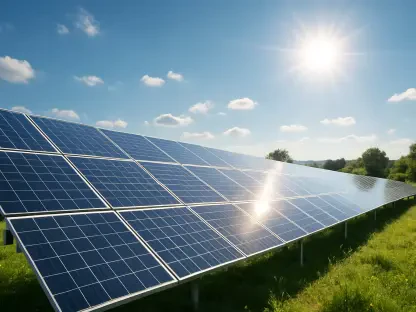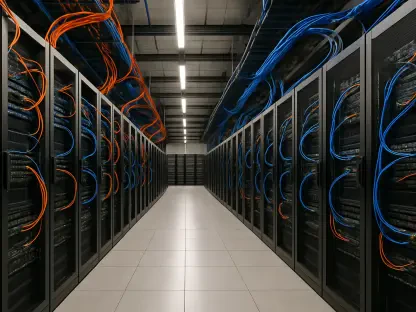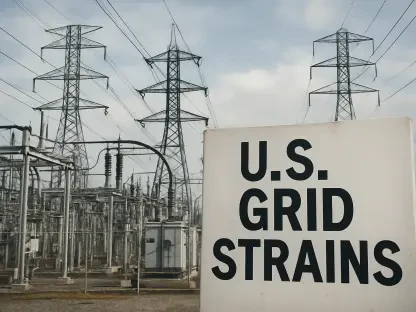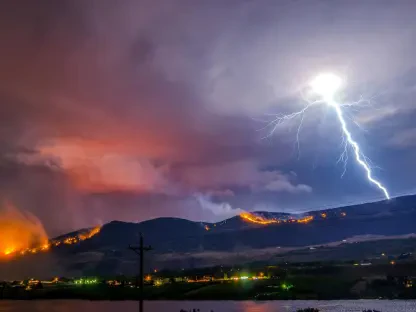The Environmental Protection Agency (EPA) has stirred considerable debate with its recent proposal to repeal pivotal climate and emissions standards. This decision targets two critical regulations: greenhouse gas standards for power plants and amendments to the Mercury and Air Toxics Standards (MATS). Unveiled by EPA Administrator Lee Zeldin, this move has polarized the nation’s legislators, environmentalists, and energy stakeholders. Advocates of the repeal, including several Republican lawmakers and the Navajo Nation President, argue that these standards place unnecessary burdens on coal, oil, and gas plants, asserting that the rollback could conserve $1.2 billion annually for the power sector. They believe it will improve grid reliability and fortify American energy independence by reducing reliance on foreign sources. Initially, these regulations were set by the Biden-Harris Administration to tackle carbon and toxic emissions, but the EPA now contends they could lead to untimely power plant closures and increased energy costs.
Divergent Views on Environmental Impact
Environmental organizations, led by groups like the Natural Resources Defense Council (NRDC), have vociferously opposed the EPA’s proposal. Manish Bapna, President and CEO of the NRDC, has stated that the repeal compromises public health by exposing communities to increased harmful pollutants and exacerbating extreme weather conditions. These groups are gearing up to legally challenge the EPA’s move, contending it violates the agency’s statutory obligations to safeguard public health and the environment. The potential legal battles underscore the gravity of this decision for environmental advocates who have tirelessly worked to maintain and enforce stringent emissions standards. They see this proposal as a significant setback in environmental protection efforts. The debate highlights the broader conversation around balancing environmental imperatives with economic and energy needs, as different sides bring forth contrasting evidence on the impacts of these regulations.
Simultaneously, those supporting the repeal, such as the National Rural Electric Cooperative Association (NRECA), argue that the regulations under the Biden administration were overly ambitious and legally questionable. Jim Matheson, CEO of the NRECA, claims that mandated technologies like carbon capture are impractical for large-scale implementation and could disproportionately affect rural areas dependent on coal and gas infrastructures. These stakeholders see the rollback as a rightful alignment of policies with feasible, cost-effective approaches to meet energy demands. They applaud the EPA’s initiative for considering the economic realities of energy production and view the proposal as a necessary step toward a more sustainable energy future for rural communities.
The Role of the Clean Air Act and Future Implications
The proposed repeal has revived age-old debates about the Clean Air Act’s scope and authority, particularly in climate change regulation. The backdrop of the 2022 Supreme Court decision in West Virginia v. EPA, which curtailed the agency’s ability to impose sweeping carbon regulations without explicit Congressional backing, looms large over the current discourse. This ruling has intensified scrutiny on the EPA’s actions and its role in climate regulation, prompting a reassessment of how climate policies are shaped and enforced. The ongoing discussions highlight the delicate balance between regulatory authority and legislative oversight in tackling the complex challenges of climate change. As part of its procedural steps, the EPA has opened a public comment period to gauge varying viewpoints on the proposed repeal, indicating the agency’s willingness to consider diverse perspectives as it navigates this contentious terrain.
If this policy reversal is finalized as anticipated, it may significantly alter the trajectory of power plant planning and emissions strategy by the year 2026. This potential shift could reshape how the U.S. approaches energy and climate policy, with far-reaching consequences for environmental protection and energy independence. The evolving landscape underscores the complexity of developing sustainable energy frameworks while addressing economic and environmental concerns. Stakeholders across the spectrum, from environmental advocates to industry proponents, are closely monitoring these developments, aware that the outcomes will resonate through policy discussions and energy strategies in the coming years. Through these debates, the nation continues to grapple with the intricate dynamics of advancing energy goals while safeguarding environmental sustainability.
Looking Ahead: Balancing Energy Goals with Environmental Concerns
The Environmental Protection Agency’s (EPA) recent proposal to revoke key climate and emissions standards has ignited significant controversy. The focus of this decision is on two vital regulations: the greenhouse gas standards for power plants and revisions to the Mercury and Air Toxics Standards (MATS). Announced by EPA Administrator Lee Zeldin, this proposal has divided the nation’s lawmakers, environmentalists, and energy stakeholders. Supporters of the repeal, such as various Republican legislators and the Navajo Nation President, argue these regulations impose unnecessary burdens on fossil fuel plants. They claim the repeal could save the power industry $1.2 billion annually, enhance grid reliability, and bolster U.S. energy independence by lessening dependence on foreign energy sources. Initially, the Biden-Harris Administration implemented these regulations to address carbon and toxic emissions. However, the EPA now argues that they might lead to premature shutdowns of power plants and elevated energy costs, threatening economic stability.





